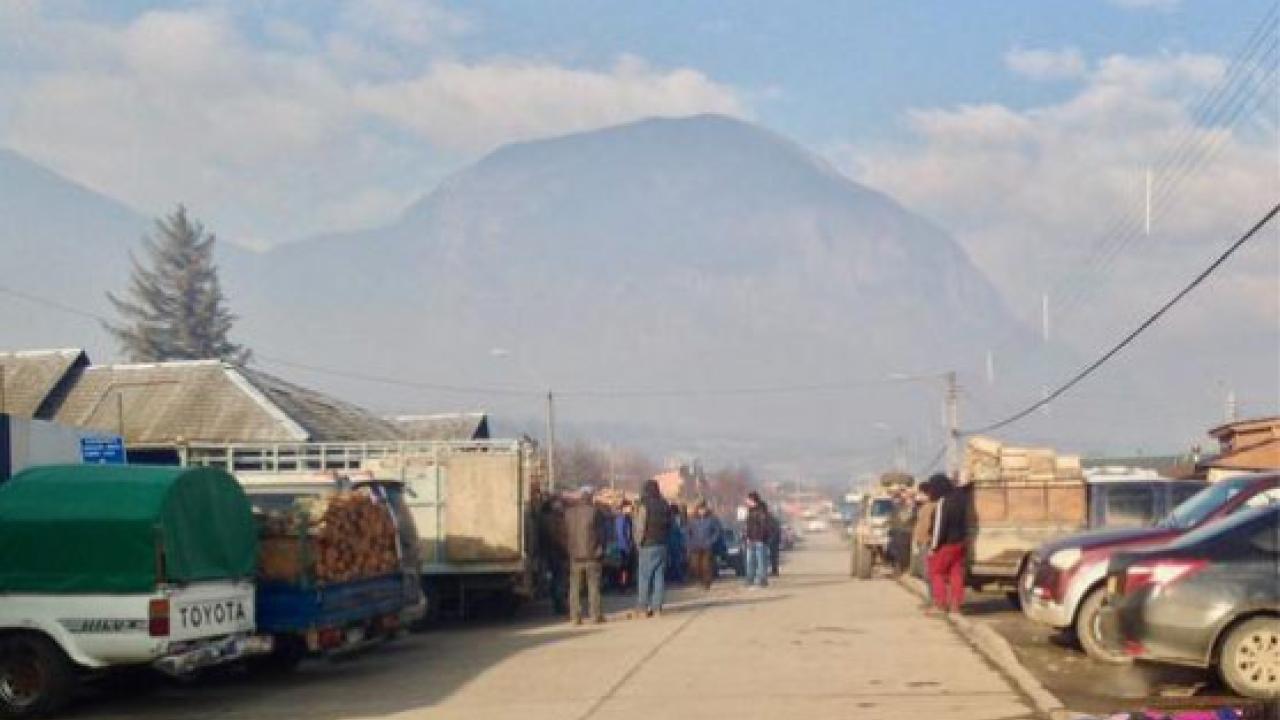
Effects of conventional agroforestry practices in the provision of ecosystem services in watersheds with temperate old growth forest versus pristine watersheds, in rural communities of Aysen, Patagonia, Chile.
By Paulina Rojas
Between July - September of the year 2018, I traveled to the Aysén Region (Chile) to gather information to conduct a study about the Ecosystem Services (ES) provided by temperate forests, and their function, and respond to different uses and management practices (forestry, agriculture and land use changes) in different basins of the region. Specifically, I wanted to compare the effect of traditional livestock practices and silvopasture management in several watersheds with old growth forests with low human intervention. The comparison focuses on ES such as water provision (quality and quantity), carbon capture (wood production), forage productivity (animal load capacity), biodiversity, and tourism.
This research was funded by the SAFER project (Sensing the Americas' Freshwater Ecosystem Risk) InterAmerica Agency on Global Change Research (IAI) through Dr. Brian Reid and Dr. Anna Astorga of the Patagonian Ecosystems Research Center (CIEP) and Henry Jastro Graduate Research Scholarship, under the mentorship of Dr. Samuel Sandoval from the Watershed Management Lab, UC Davis.
Once in the Aysen Region, my work focused on the collection of technical reports and management plans of the forests and natural resources like water, horticultural production, grasslands, gravel extraction, rural tourism plans. For this, I met with every public agency with influence on these resources; public-private institutions, NGOs, municipalities, educational organizations, private companies, and community organizations. During the first weeks in the region, the idea of making this comparison was losing importance, since the silvopasture activity is new at the regional level, as well as the definition of silvopasture management or "forest with cows." At the same time, other problems such as air pollution and its origin in the use of wet firewood, urban growth and land use change, agricultural management, and gravel extractions in riverbeds, were forming new questions more relevant to the Region. In addition to that, during the winter months, mobility to rural areas was restricted due to the weather conditions and the safety of the roads. All these reasons made me decide to concentrate on the sub-basin of the Coyhaique River, where the regional capital is located.
I conducted interviews with key players of the regional development (indirect users) and surveys to producers (direct users) of the ES to understand their relationship between the ES and their development aspirations. Although the information collected is not conclusive to propose integrated development plans for the basin or to determine the governability of natural resources, these are questions that will be addressed in a forthcoming study within the framework of a doctoral program at UC Davis.


